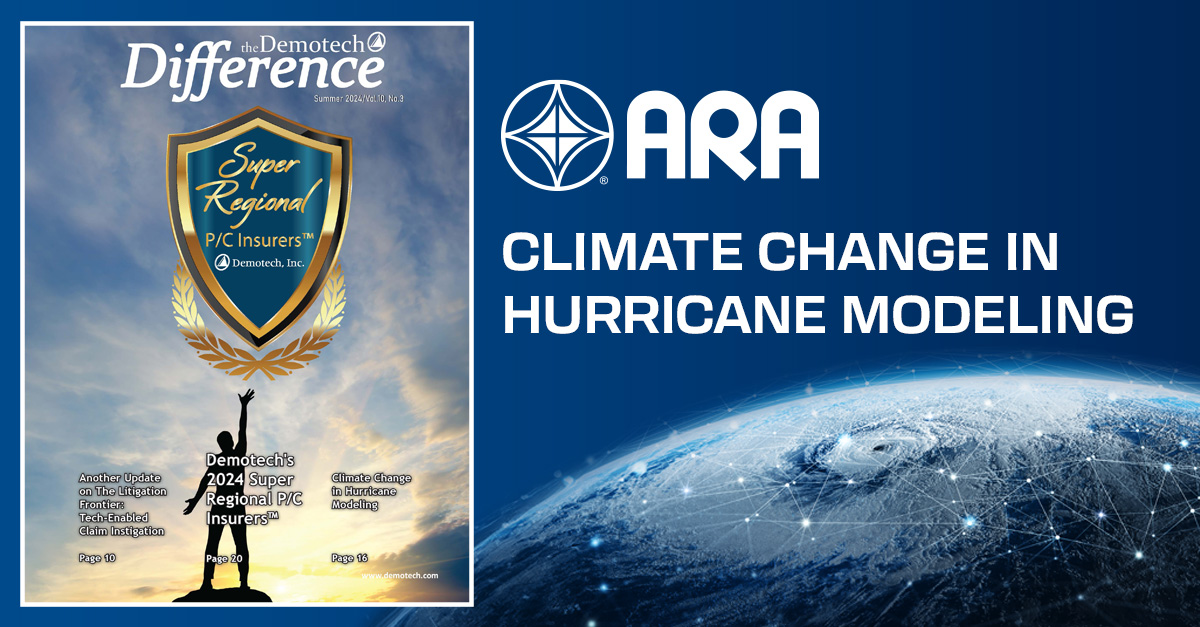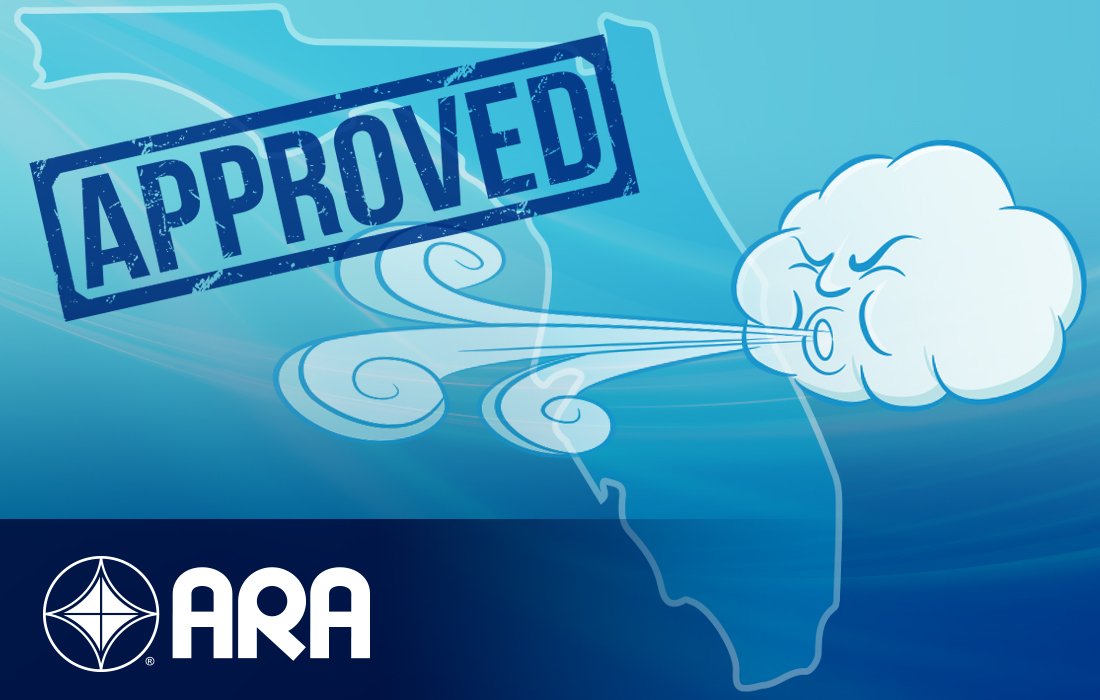HurLoss® Hurricane Catastrophe Model
State-of-the-art Modeling for Insurers, Reinsurers, Brokers & ILS Managers
ARA’s HurLoss software provides state-of-the-art hurricane catastrophe modeling, combining proven, historically based methodology with a dynamic outlook for future climatology. Insurers, reinsurers, brokers, and ILS managers have relied on HurLoss to manage risk in hurricane-prone regions since 1998.
HurLoss provides a unified event set covering the entire North Atlantic basin, including the U.S., Caribbean, Bermuda, and eastern portions of Canada, Mexico, and Central America.
Most Widely Published and Peer-Reviewed Model Available
Incorporates Future
Climate Conditioning

Covers the Entirety of
the North Atlantic Basin
HurLoss Features
ARA’s HurLoss is based on first principles. Hazard and loss modeling starts with physics and is then validated with claims. Physics-Based Hurricane Hazard Modeling and Engineering Load and Resistance Modeling are the twin foundation blocks of the model.
- Physics-Based Hurricane Hazard Modeling
- Engineering Load and Resistance Modeling.
Physics-Based Hurricane Hazard Modeling
- Uses hurricane pressure fields as the primary wind field model input, which helps eliminate high bias found in models fit to HURDAT2 wind speeds.
- Derives wind speeds and directions by numerically solving the differential equations of a translating storm instead of using approximate parametric models.
- Includes a modern hurricane boundary layer model that is based on peer-reviewed and published fits to dropsonde data.
- Utilizes a surface friction modeling approach that produces the most accurate transition of winds from sea-to-land found in any commercially available model.
Engineering Load and Resistance Modeling
- Allows for the validation of both physical damage and economic loss.
- Accurately predicts building response at hazard intensity levels where claims data may be sparse or non-existent.
- Uses paid claims data to validate and refine our complete 3-D engineering model, instead of fitting models to a purely statistical data.
- Provides an explicit framework for proper propagation of uncertainties.
- Reduces the need for engineering judgment and provides explicit mechanisms to reduce uncertainties.
- Accurately models interactions between key building characteristics without the need to simplify assumptions to the extreme.
- Helps to explain why and how losses in high-value homes are correlated with square footage.
Users of HurLoss benefit from multiple views of risk, including the long-term historical view, a warm sea surface view, and current and future climatology (or climate change). The current and future climatological view not only considers sea surface temperature, but also the concomitant effects of wind shear and tropopause temperature – all important to hurricane formation.
Transparent and easy to use, HurLoss is the most widely published and peer-reviewed model in the market and is available on multiple platforms.
Latest HurLoss News
Climate Change in Hurricane Modeling
Since its inception, hurricane catastrophe modeling has evolved, responding to climate events and the needs of the insurance industry. Initially, hurricane cat modeling was predicated on the long-term view of risk, based on the historical record stretching back to the...
ARA Announces Release of its Most Advanced Hurricane Model in HurLoss® Series
Applied Research Associates, Inc. (ARA) has announced the release of its latest and most comprehensive version of HurLoss® Hurricane Catastrophe Model software, including a greatly expanded full North Atlantic basin event set, and the most advanced climate change view in...
ARA Announces Approval of Hurricane Model by Florida Using Climate Conditioning for First Time
Applied Research Associate, Inc.’s (ARA) latest version of HurLoss® has once again been accepted by the Florida Commission on Hurricane Loss Projection Methodology (FCHLPM) for insurance rate making in Florida. This latest version is also the first time ARA has...







